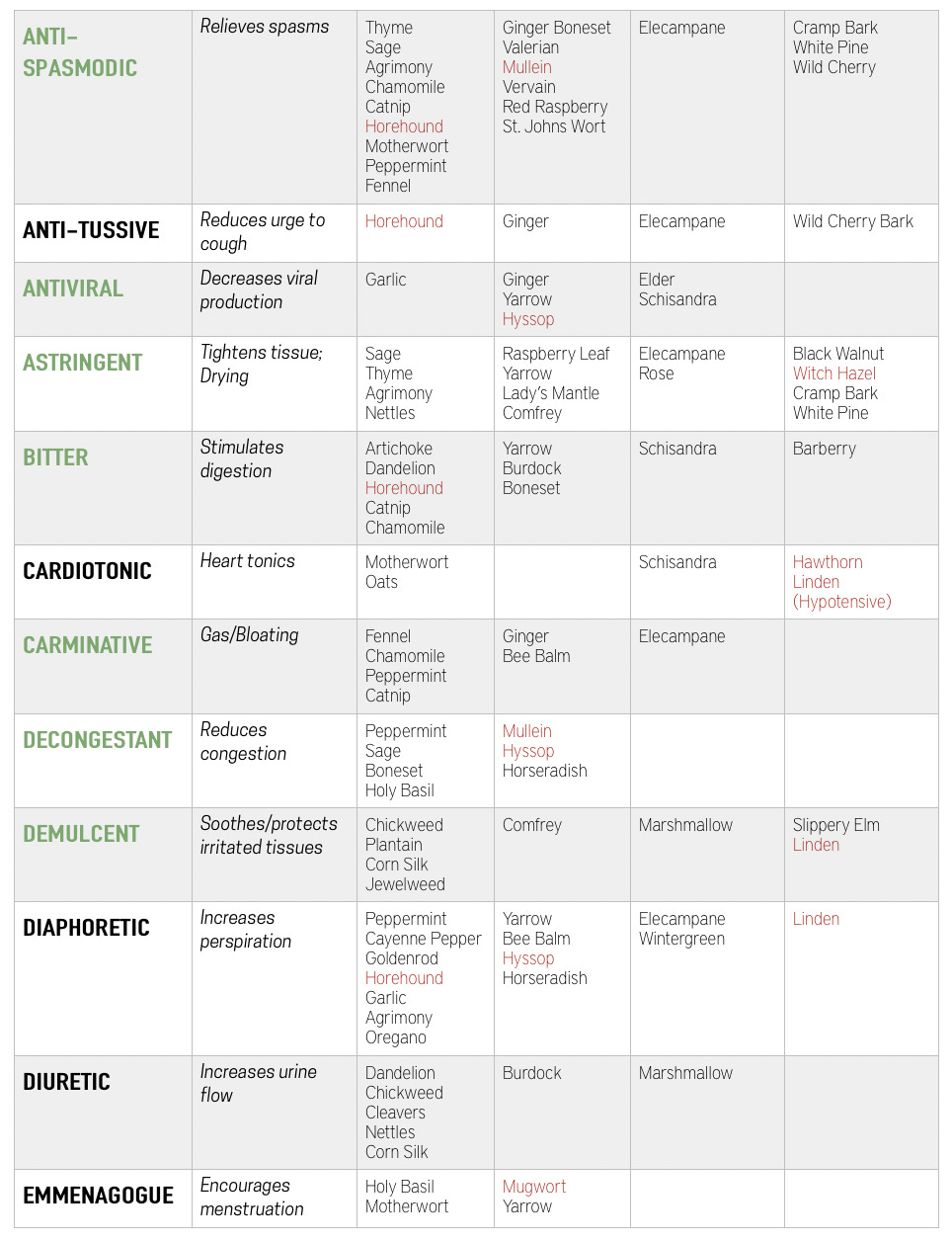I tend to approach growing herbs all willy-nilly. When I learn about a fascinating new plant and the benefits it is capable of providing the body, I scribble its name onto my ever-growing list of plants for the herb garden. Even more than using herbs for food and medicine, I love growing them. I want to move beyond the history, the actions, the studies. I’m eager to become intimately acquainted with how the plant grows, feels, smells, propagates.
I want to gently prick my fingers with the spiked seed case of motherwort. I want to rub a leaf of lemon balm between my finger and thumb and marvel at how well Pledge captured the scent and remember dusting my mama’s rocking chair as a small child. I want nettle to tunnel under the soil and sneak up on me 25 feet away from the patch and sting me while I’m weeding a row of cucumbers so I can feel the tingling numbness. I want to be involved in the harvesting & preservation process and say funny things to my children about garbling because it’s just a great word. Moreover, the cottage economist in me knows a single plant will produce more abundantly than I need and, in the end, will be a wise investment.
The trouble with my haphazard way of building my herb gardens is that after all the work, I may still end up relying on purchasing herbs when a new health need arises. Do I have cardiotonic herbs at my disposal for our aging hearts? What adaptogens are growing on my farm? Which herbs can I harvest this year if I need to make an anti-tussive preparation in the winter?
With the ever-increasing worries over supply chains, sustainability, adulteration, & legality, I don’t want to find myself in a position where I have an unfilled need and must depend on external sources for our medicinal herbs. Even in different times, several popular herbal companies have slow shipping and unreliable inventory. Besides, there’s a great deal of trust that goes into sources, freshness, harvest methods, and so on. And my trust isn’t cheap.
Planning for Herbal Self-Sufficiency
I’ve spent some time in the past week taking stock of my land and organizing my herbal efforts to see if I’ve got my bases covered. My plan is classified by likely herbal actions we may need both now and in the years to come. I would like to encourage you to mull over where your own herb garden stands and if you have some herbal actions that should be considered in your spring herb garden additions this year.
Keep Scrolling for a Herbal Self-Sufficiency Check List Printable below!

I began creating my Herbal Self-Sufficiency Check List by compiling the most common actions I want the herbs growing on our farm to have. I added a brief definition of the action as a resource & reference. I hope to have a multi-layered approach to each action since some herbs have an affinity for different body systems. Some stronger herbs take years to be ready to harvest but, in the meanwhile, there are some other annual or perennial herbs that may make a sufficient substitute.
These are herbs that can easily be grown in my area, USDA Zone 5B, Ohio. Many of them, such as yarrow, St. John’s Wort, boneset, beggars tick, agrimony, black walnut, white pine, jewelweed, plantain, barberry, and dock are already growing wild here which is why they were particularly chosen, not because there isn’t a better herb available. When faced with the myriad of herbal choices, I choose what the earth already willingly offers in abundance.
I was struck by how “boring” many of the herbs on my list are! Some of the most exciting & trendy herbs I think I should be growing have actions that are already covered in my garden or farm! This is why it’s so important to focus our herbal studies on plants available in our own area. So much effort and expense could be spared by using the resources naturally available to us.
The actions listed in green are those that are the top priority for me and will help my family handle any digestive discomforts & those typically faced during cold & flu season. (Not that we’ve ever had the flu.)
Herbs listed in red are the only ones I do not have growing on our farm but want to consider. It turns out I don’t need nearly as many as I had thought!
My (much shorter) list of herbs to add to the garden this year:
Arnica
Linden
Hyssop
Wormwood
Witch Hazel (mine died; new one on order)
Mullein (we had so much mullein a couple of years ago but it didn’t come back last year)
Horehound
Hawthorn (ordered)
Mugwort
Lavender (I’m on the fence on this one- it really doesn’t grow well in our area)
The monographs in The Herbarium from The Herbal Academy were an invaluable resource while putting this checklist together. The monographs have a link to the actions where numerous herbs with those properties can be found. I was able to make quick work of sifting through to easily find the herbs known to grow in my area. While many herbs have secondary actions I only added the herbs under the action category where they truly shine. For example, plantain is considered an antibacterial but if I’m dealing with an established infection, not attempting to prevent one, I’m going to choose barberry.
Here is the checklist for my farm followed by a lovelier version in a blank printable for you to use if you’d like to prepare your homestead for herbal self-sufficiency.
Printable Herbal Self-Sufficiency Check List
Feel free to snag this checklist and take stock of your own herbal garden to make sure you’re growing the herbs to meet all your needs!








The first 2 paragraphs were written just for me. 😉 Spot on.